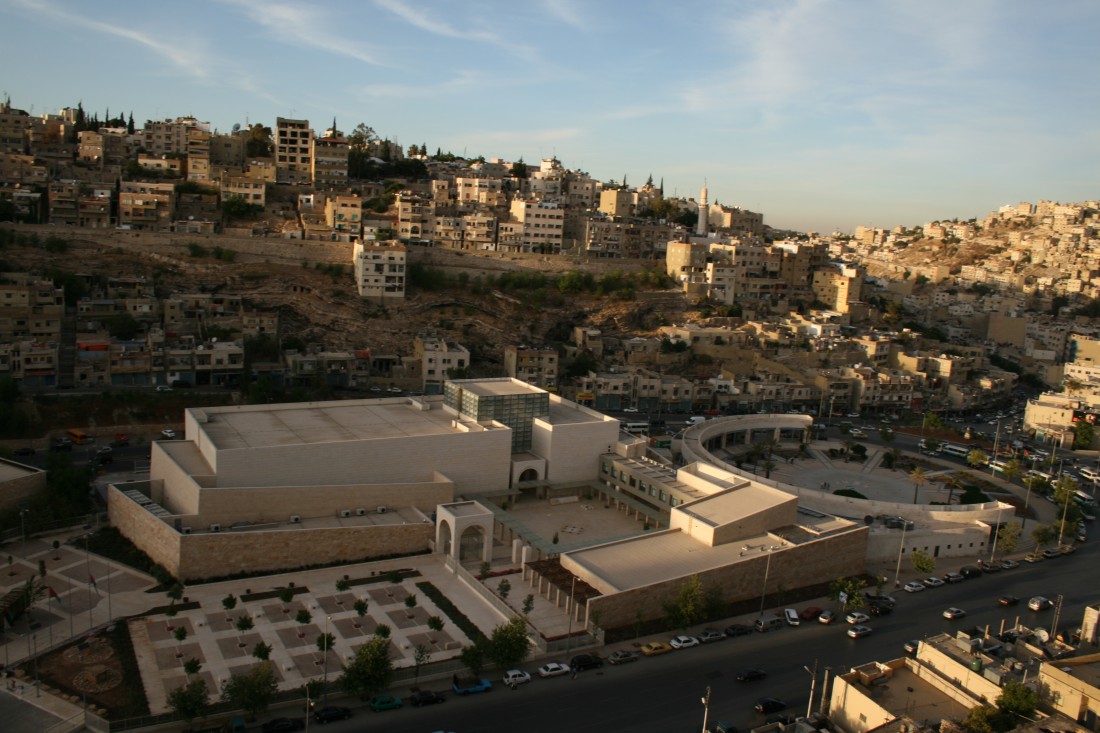Around a month ago I took the plunge and moved to Amman with 14 other students from Oxford. Unlike most linguists at the university, Arabists embark on their year abroad in their second year, armed with lengthy lists of unnecessary vocabulary from Al-Kitaab but no clue how to place an order in a restaurant.
The purpose of this, I suppose, is to encourage total immersion, a technique that has proved to be effective in the long run but is somewhat bewildering when, having just arrived in Amman, you realise that the speech you memorised about your hobbies is of no use when trying to negotiate a deal with your soon-to-be landlord.
Having said this, four hours of classes each day covering both colloquial and Modern Standard Arabic have helped me find my feet. Colloquial Arabic, known as ‘ammiyah’, varies from region to region, but is extraordinarily useful in giving you a key insight into the culture. In Jordan, for example, Arabic is a language of extremes: things are “very beautiful” rather than good or great, and when asked how you are, a response of “fine” or “okay” will often provoke the question “what’s wrong?”.
This language reflects the culture of polar opposites that is prevalent in Amman. Downtown Amman, for example, is home to an Umayyad mosque and a Roman amphitheatre, whilst in the nearby neighbourhood of Shmeisani, the skyscrapers under construction grow taller and taller each day. The population of Amman, estimated at 4 million documented inhabitants, is expected to double in size by the year 2025 as a result of the Syrian refugee crisis, emphasising the drastic gulf between the rich and poor in Jordan.
Abdoun Street in Amman divides the city into two parts—East and West—and thereby two extremes. You need less than 15 minutes in a famous Ammani yellow cab to experience both. West Amman, the wealthier and more westernised part of the city, is heavily populated with expatriates, embassies, vast hotels catering for businessmen and tourists, as well as Amman’s most coveted bars, clubs, and restaurants.
Moving just a few kilometres from this will take you to East Amman. Despite 30 years of urban development programmes focusing on its poorest areas and informal settlements, the social disparities between the eastern and western parts of the city are still striking.
This division is emphasised by the unbalanced income distribution in an economically thriving kingdom. Amman is attracting the attention of multi-national corporations and investors as a city whose growing economy will be competing with the Gulf boomtowns such as Dubai and Doha in the near future, but only the wealthy Ammanis with assets and investments benefit from Jordan’s economic growth. Whilst changes to the infrastructure of the eastern part of the city are being carried out by the government, these changes simply cannot keep up with the number of undocumented refugees who turn to this area of the city.
These two sections of society dominate Amman, each having their own customs, attitudes and behaviours. Both, however, are extremely welcoming to tourists and students, like myself, who are guests in their city, and regardless of whether you are on the east or west side of Abdoun Street, the greeting is always the same—”welcome to Jordan!”



